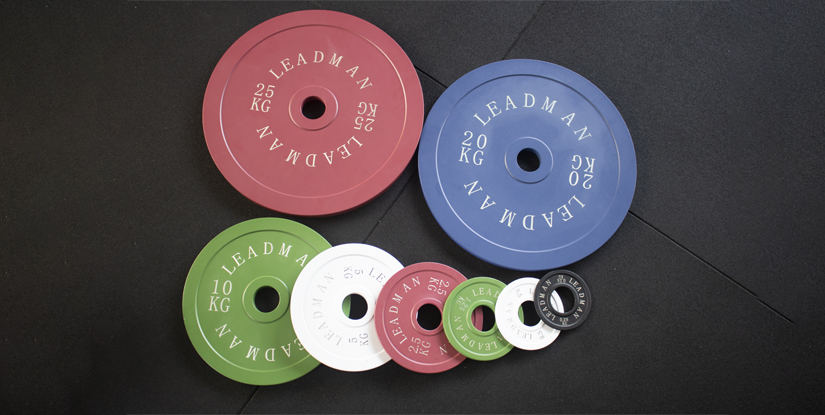Seated Lat Pull: Technique, Benefits & Training Tips

Seated Lat Pull: Comprehensive Guide for Strength and Form
The seated lat pull, commonly performed on a cable machine with a wide or close grip bar, is a foundational exercise for developing the latissimus dorsi, upper back, and posterior shoulder stabilizers. Executed correctly, it improves posture, upper body pulling strength, and functional capacity for everyday and athletic movements. This guide outlines purpose, technique, programming, common errors, variations, equipment considerations, and safety tips to optimize results.
Primary Muscles Targeted
- Latissimus dorsi (primary)
- Rhomboids and middle trapezius
- Biceps brachii and brachialis (secondary)
- Posterior deltoid and forearm grip muscles
- Spinal erectors and core (stabilization)
Step-by-Step Technique
- Setup: Adjust the thigh pad so your legs are secured and seated with an upright torso. Select an appropriate weight that allows controlled movement for your target rep range.
- Grip and Positioning: Use a pronated (overhand) wide grip for greater lat emphasis, or a neutral/close grip to increase biceps involvement. Hands should be slightly wider than shoulder-width for a standard wide-grip pull.
- Execution: Initiate the pull by retracting the scapulae, then draw the bar down to the upper chest. Keep the torso upright or with a minimal lean back; avoid excessive swinging.
- Range of Motion: Pull until the elbows are at or below torso level and the shoulder blades are fully retracted. Return to the start under control, allowing a full stretch without losing scapular tension.
- Breathing: Exhale during the concentric pull; inhale as you return to the starting position.
Programming and Progression
Integrate seated lat pulls into upper-body or pull-focused sessions. Consider these guidelines:
- Strength focus: 4–6 sets of 4–6 reps with heavier resistance and longer rest (2–3 minutes).
- Hypertrophy focus: 3–4 sets of 8–12 reps with moderate weight and 60–90 seconds rest.
- Endurance/conditioning: 2–3 sets of 15–20 reps with lighter loads and shorter rest intervals.
- Progression: Increase load, add reps, shorten rest, or vary grip and tempo. Prioritize form first; progressive overload should not compromise technique.
Common Mistakes and How to Fix Them
- Using momentum: Excessive torso lean or jerking reduces lat activation. Fix: Use lighter weight and focus on scapular control.
- Incomplete scapular movement: Neglecting retraction limits effectiveness. Fix: Initiate each rep with scapular depression and retraction.
- Pulling behind the neck: Suboptimal shoulder stress and injury risk. Fix: Pull to the upper chest instead.
- Over-gripping: Excessive forearm strain can limit lat engagement. Fix: Use straps sparingly or reduce grip tension to feel the lats working.
Variations and Complementary Movements
- Close-grip seated row (cable): Greater mid-back and biceps engagement.
- Single-arm cable lat pull: Addresses imbalances and improves unilateral strength.
- Resistance band lat pulldown: Portable option for home or rehab use.
- Pull-ups/chin-ups: Bodyweight alternative that builds functional pulling strength.
Equipment and Maintenance Tips
Select a cable station with smooth pulley action and a stable seat. Regularly inspect cables, pulleys, and attachment points for fraying or play. Clean and lubricate according to manufacturer guidance. Use padded thigh supports and adjustable foot placement for comfort and stability.
Safety Considerations
- Warm up: Perform dynamic shoulder and thoracic mobility drills before heavy sets.
- Spine alignment: Maintain a neutral spine; avoid excessive flexion or hyperextension.
- Load management: Increase weight progressively to prevent tendon overload.
- Medical conditions: Consult a healthcare professional for shoulder or cervical spine issues before performing heavy pulls.
Buying Guide for Personal Use
- Space and footprint: Choose a compact cable machine or lat pull attachment if space is limited.
- Build quality: Prioritize solid frame construction and high-quality cables/pulleys.
- Adjustability: Look for adjustable seat height and thigh restraint options for multiple users.
- Budget options: Resistance band pulldowns or lat pulldown attachments for squat racks can be cost-effective.
Key Takeaways
- The seated lat pull is essential for lat development and upper-body pulling strength.
- Proper scapular control and full range of motion maximize muscle recruitment and reduce injury risk.
- Program variations and progressive overload support strength, hypertrophy, and endurance goals.
- Equipment selection and maintenance contribute to performance and longevity.
FAQs
- Q: Can beginners perform seated lat pulls? A: Yes, start with light weight and focus on form.
- Q: Wide grip or close grip better? A: Wide grip emphasizes lats; close grip increases mid-back and biceps.
- Q: How often should I train lat pulls? A: 1–3 times weekly depending on overall program and recovery.
- Q: Are straps recommended? A: Use straps for heavy sets if grip limits progress, but train grip separately.
- Q: Can seated lat pulls replace pull-ups? A: They complement but do not fully replace the functional benefits of pull-ups.
- Q: Is behind-the-neck pulldown safe? A: Generally not recommended due to shoulder impingement risk.
- Q: How to fix shoulder pain during the exercise? A: Reduce weight, check form, and consult a professional if pain persists.
- Q: Best rep range for mass? A: 8–12 reps per set typically support hypertrophy.
- Q: Should I use momentum? A: Avoid momentum; controlled reps maximize muscle engagement.

